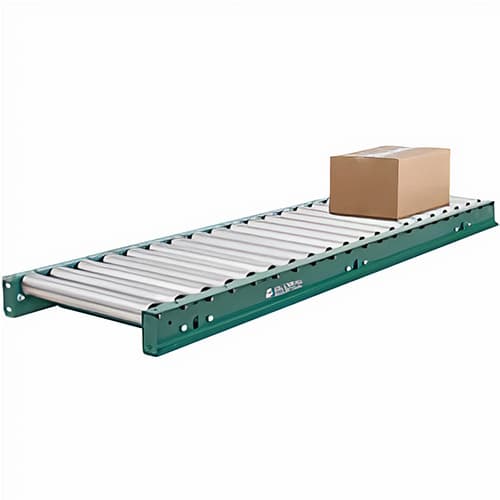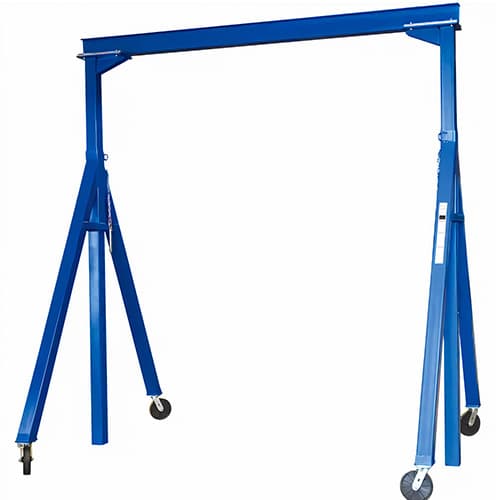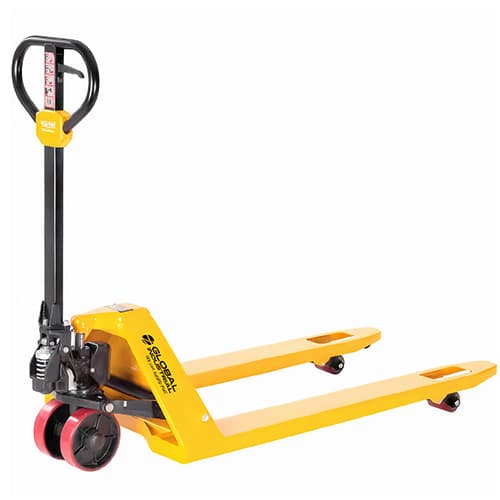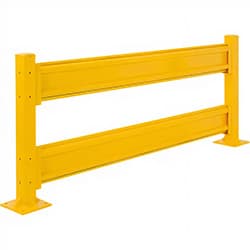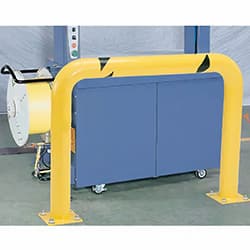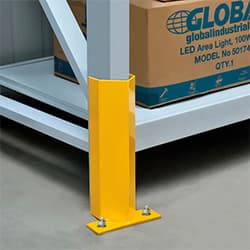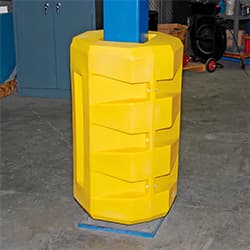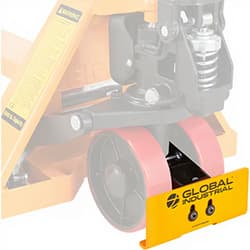Creating a secure and streamlined approach to handling your inventory and its materials is not only key to operational efficiency, it also contributes significantly to a safer work environment for your team. In this guide, we’ll walk you through the essential material handling procedures and equipment necessary for smooth operation and efficient material handling in your facility while minimizing the risks involved. Let's explore these practices together to enhance workplace safety and keep your industrial space running seamlessly.
Damaged Materials is Lost Revenue
The materials your team manages have significant value in terms of revenue, investment, and basic assets. Damaged materials don’t just mean lost revenue, they also incur additional costs related to time, manpower, and restocking. Safeguarding your assets promotes not only cost avoidance but the overall health and safety of your employees and your business.
Safer Material Handling Also Means Fewer Injuries
As we’ve said already, the right guidelines and protective equipment will not only reduce damage and loss of valuable material, but will also reduce the risk of injury to your workers, and in turn will lower employee stress and improve morale.
Core Products
There are several core products to consider when it comes to safe materials planning. These are products you’re likely to use regardless of the kind of facility you’re running:
Safe Material Handling: The Process
Now that we know the basic products and tools we’ll be working with, it’s time to discuss the process behind making your workplace material handling as safe and efficient as possible.
- Assessment: review your company’s trouble spots, which materials require special handling and potential worker issues.
- Safety Policies:Establish safety policies and procedures suited both to your materials and facility which address both your workers and the facility.
- Protective Equipment:Select protective equipment and supplies needed for both safety and efficacy
- Communication: Train your team with the material handling processes and safety procedures. It’s important to offer proper training and allow enough time for it in your employee’s schedules. All other stages of planning depend on proper training.
The Two Kinds of Material Handling Damage
There are two types of material handling damage: damage to the materials in motion and damage to the shelving, equipment, and other items encountered in your facility. Ensuring the protection of both the items being moved and those likely to be encountered during the process is essential to material handling safety.
Material Handling Protective Equipment
Proper protective equipment is a key part of material handling damage prevention, and there are a large number of different kinds of such equipment you may need to invest in, depending on the needs of your facility. Most of these can be broken down between general protective equipment and personal protective equipment, generally referred to as PPE.
